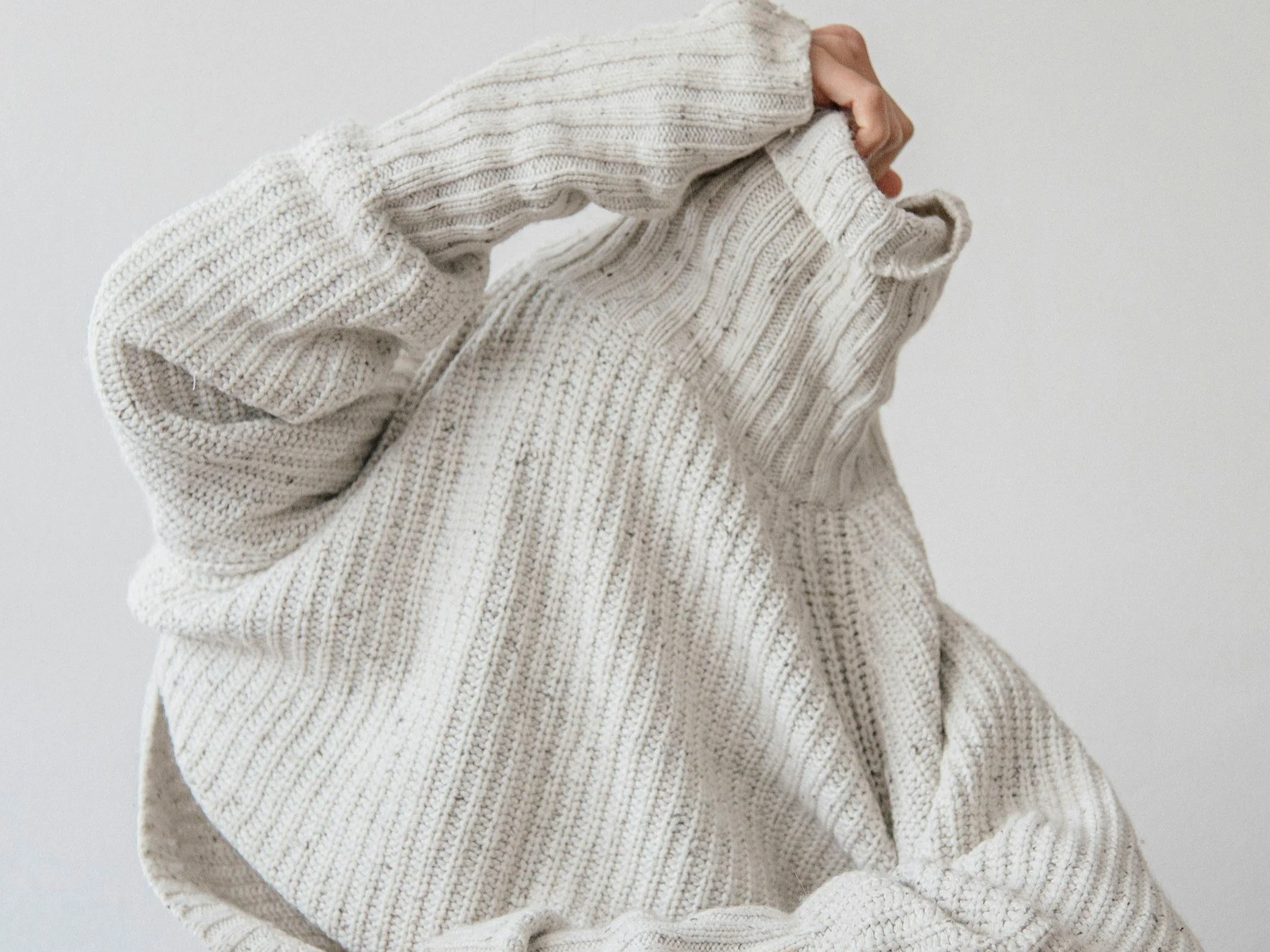Sustainable Fashion: 10 Trends Reshaping How We Dress
Ten key trends that are redefining our relationship with clothing and creating a more sustainable future for fashion:
1. The Rise of Secondhand and Thrift Fashion
The days of seeing thrift clothes as a poor man’s clothes are gone, we are now looking at $77 billion by 2026, Platforms like ThredUp, Depop, and Poshmark are championing this course, and this is faster and more profiting than traditional retail outlets.
What's driving this shift? Beyond environmental concerns, many consumers are discovering the unique style opportunities that come with secondhand shopping. Each piece tells a story, offers character, and provides the satisfaction of finding something truly unique. Influencers proudly showcase their thrift hauls, and younger generations particularly view secondhand shopping as not just acceptable but preferable to buying new.
2. Innovative Fabrics of the Future
We have entered a new level of innovation as agricultural waste can now be used to make a leather-like product, This innovative material has already been adopted by brands like Hugo Boss and H&M for shoes and accessories. Pineapples, mushrooms, cactus leather or cacti, and lab-grown silk are now becoming the major products in leather making. Brands like Bolt Threads and MycoWorks are at the forefront of this movement, creating materials that are both eco-friendly and high-performing. These innovations challenge the reliance on traditional, resource-intensive textiles and offer exciting alternatives for conscious consumers.
3. The True Cost of Fast Fashion
Behind the $10 t-shirts and constant new arrivals lies a troubling reality that more consumers are beginning to recognize. Fast fashion's true cost extends far beyond the price tag. Synthetic fibers like polyester contribute to microplastic pollution and take centuries to decompose. Beyond the environmental toll, the human cost is staggering, with labor exploitation rampant in garment factories worldwide. By shedding light on these issues, we can encourage consumers to rethink their shopping habits and support more ethical alternatives.
A single load of laundry containing polyester can release up to 700,000 microplastic fibers into waterways. The fashion industry's carbon footprint exceeds that of international flights and maritime shipping combined.
4. How to Build a Capsule Wardrobe
Minimalist in dressing says it all here, own the little you are using per time. A wardrobe is like a capsule, there is no need to have hundreds of clothes not used, just buy and keep the little you need to wear at the time.
A well-designed capsule typically includes 25-40 pieces (including shoes and outerwear) that work together seamlessly and in terms of colors. Focus on quality fabrics that will last—natural fibers like organic cotton, linen, and wool typically outlast synthetic alternatives and age more gracefully.
5. The Role of Fashion in the Circular Economy
Traditional fashion operates on a linear "take-make-waste" model, but innovative brands are pioneering circular approaches that keep materials in use far longer.
Brands like Patagonia and Eileen Fisher are leading the charge with initiatives like take-back programs and clothing repair services. These efforts extend the lifecycle of garments and reduce the need for new production. By embracing circular fashion, we can move closer to a zero-waste future.
Dutch brand MUD Jeans offers a lease model for denim, where customers can return worn jeans to be recycled into new products. The Ellen MacArthur Foundation's Make Fashion Circular initiative has brought major players like H&M and Nike together to develop industry-wide solutions.
6. Ethical Fashion Brands to Watch
Emerging brands like Reformation, Stella McCartney, and Veja are sustainably making significant strides. Smaller brands such as People Tree and Thought also contribute by focusing on fair trade practices and eco-friendly materials. These brands prioritize transparency, ethical labor practices, and sustainable materials, setting a new standard for the industry.
7. The Carbon Footprint of Your Clothes
Polyester production is directly tied to the petroleum industry, with each kilogram produced generating approximately 5.5 kg of CO2.
Here are practical steps to reduce the carbon footprint of your airdrop:
Washing clothes less frequently and at lower temperatures.
Line-drying instead of using energy-intensive dryers.
Prioritizing natural fibers from organic or regenerative sources.
Choosing locally-made items when possible.
Extending garment lifespans through proper care and repair.
Supporting brands that use renewable energy in their supply chains.
8. Upcycling and DIY Fashion.
Transforming old clothes into new ones has to be the most creative in the fashion field. As this creates more value and a supply chain, the market demands keep increasing daily for both product and the bye product, instead of having a carbon footprint, we are on to a sustainable product that is useable.
Brands like Marine Serre and Rave Review have brought upcycled designs to high-fashion runways, creating stunning collections from existing textiles. Meanwhile, independent designers on platforms like Etsy and Instagram are building thriving businesses around transformed vintage finds and deadstock fabrics.9. The Future of Fashion Rentals
Why own when you can borrow? Rental platforms like Rent the Runway and HURR are gaining traction as consumers seek alternatives to fast fashion. By renting clothes for special occasions or everyday wear, we can reduce overproduction and waste. This model challenges the idea of ownership and promotes a more sustainable approach to staying stylish.
10. Sustainable Fashion Certifications
Certifications like GOTS (Global Organic Textile Standard), Fair Trade, and B Corp help consumers make informed choices by ensuring that products meet specific environmental and social standards. Understanding these certifications can guide consumers toward more sustainable fashion choices, supporting brands that prioritize ethical practices and environmental sustainability.
Looking ahead, the future of sustainable fashion will likely be shaped by continued innovation in materials, greater transparency and traceability in supply chains, advancements in recycling technologies, and evolving consumer preferences. While significant progress has been made, challenges remain in scaling sustainable solutions, addressing the
